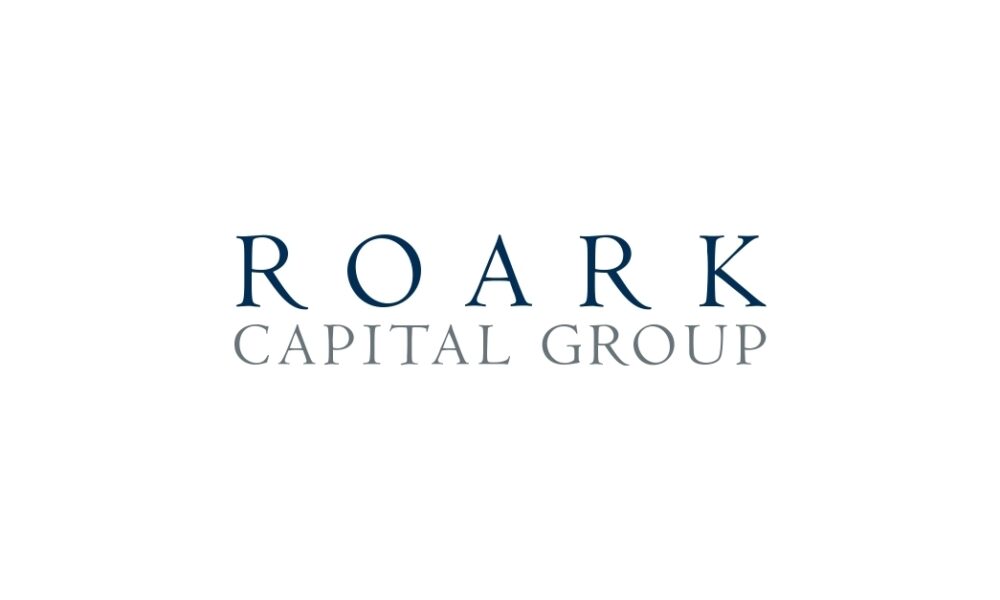
(Source: businesswire)
Background of Subway and Roark Capital
Subway
Subway is one of the world’s largest fast-food chains, renowned for its customizable sandwiches, salads, and wraps. At its peak in 2016, Subway had nearly 45,000 locations globally. However, the brand faced significant challenges following the death of co-founder Fred DeLuca in 2015. Rising costs, increased competition, and the impact of the COVID-19 pandemic led to a decline in store numbers, with approximately 7,000 locations closing over the years. Despite these challenges, Subway has shown resilience, achieving ten consecutive quarters of positive same-store sales.
Roark Capital
Roark Capital is a private equity firm with $37 billion in assets under management, specializing in consumer and business service companies, particularly those with franchise and multi-location business models. The firm’s portfolio includes several well-known restaurant brands such as Jimmy John’s, Arby’s, and Buffalo Wild Wings. This acquisition of Subway further strengthens Roark’s position in the quick-service restaurant (QSR) sector.
The Acquisition Process
In August 2023, Roark Capital successfully acquired Subway for approximately $9.6 billion, including debt. The deal was structured with an earn-out provision, meaning part of the purchase price is contingent on Subway’s future performance. This acquisition was finalized after a thorough review by the Federal Trade Commission (FTC), which initially raised concerns about Roark’s growing dominance in the QSR space. However, these concerns were addressed, and the deal was approved.
Significance of the Merger
- Strategic Fit and Expertise: Roark Capital’s experience in the restaurant industry, combined with Subway’s global presence and brand strength, creates a powerful synergy. Roark’s expertise in franchise management is expected to help Subway revitalize its operations and improve efficiency.
- Financial Stability and Growth Potential: The acquisition provides Subway with the financial backing needed to invest in menu innovation, store modernization, and overall guest experience improvements. Roark’s support is crucial for Subway to regain market share and adapt to changing consumer preferences.
- Operational Efficiency: Roark’s portfolio includes other sandwich chains like Jimmy John’s, which could lead to shared best practices and operational efficiencies. This could help Subway streamline its operations and reduce costs.
Future Outlook
- Menu Innovation and Customer Experience: Subway plans to continue focusing on delivering better food and enhancing the customer experience. This includes introducing new menu items and improving the quality of existing offerings. Roark’s support is expected to accelerate these efforts.
- Global Expansion: With Roark’s backing, Subway aims to expand its international presence. This could involve opening new locations in emerging markets and adapting its menu to local tastes.
- Franchisee Support: Subway’s management has emphasized that there will be no significant changes to the leadership team or strategic focus. Instead, the company plans to continue supporting its franchisees through improved operations and marketing strategies.
- Regulatory and Competitive Landscape: The acquisition has set a precedent for private equity investments in the restaurant industry. It highlights the potential for established brands to adapt and thrive with the right strategic backing. As the deal unfolds, it will provide valuable insights into how large, established brands can navigate a competitive market.
The Role of Virtual Data Rooms (VDR) in Facilitating the Merger
Virtual Data Rooms (VDR) played a crucial role in streamlining the due diligence process and ensuring a smooth merger.
- Enhanced Security and Accessibility: VDRs provide a secure online repository for sensitive documents, ensuring that only authorized personnel can access specific files. This level of security is vital during mergers and acquisitions, where sensitive financial and operational data must be protected.
- Streamlined Due Diligence: VDRs facilitate the due diligence process by centralizing all relevant documents in one location. This reduces the time spent searching for information and allows stakeholders to access and analyze critical data more efficiently.
- Collaboration and Transparency: VDRs support real-time collaboration through features like Q&A sections and document annotations. These tools enable stakeholders to communicate effectively and resolve queries promptly, ensuring a seamless transaction process.